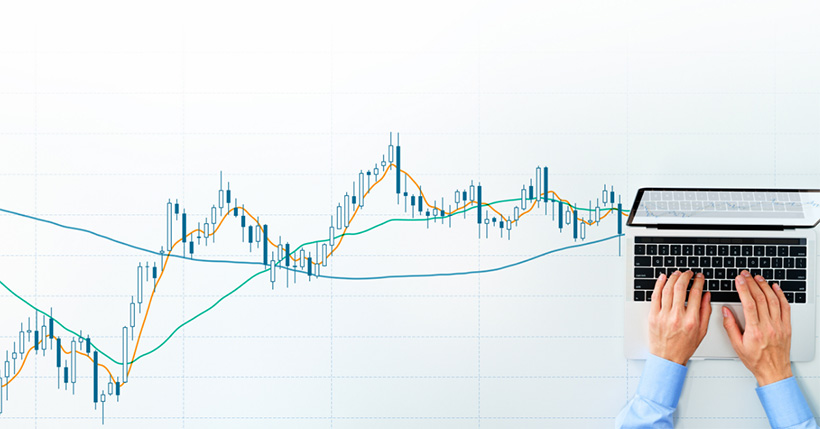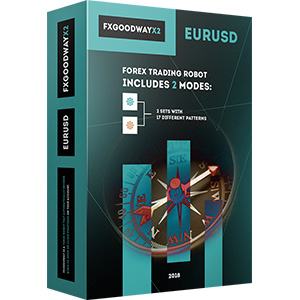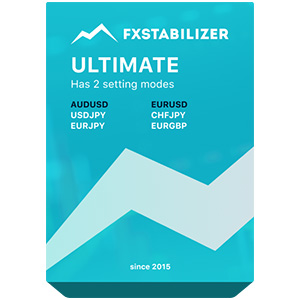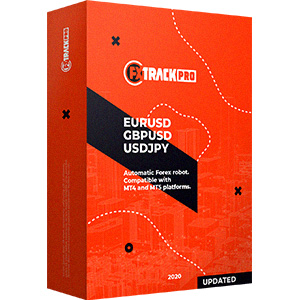
Trading styles are numerous. Some prefer to make several transactions per quarter, while others do lots of them within a day. The differences lie not only in the time of holding a position and the number of transactions but also in decision-making and risk management. Let’s discover what is position trading in Forex and what are its pros and cons.
What Is Position Trading in Forex?
Forex position trading is a strategy where a trader buys assets with the expectation that their value will change over time, and due to the price difference, the owner of the asset will be able to make a profit. The average waiting time can be from several weeks to several months.
This strategy got its name thanks to the stock term position, which means the value of a security, commodity, or currency owned by a person.
Types of Forex Position Trading
The next thing to know is what is long and short position in Forex trading:
- Short position. The trader earns on the fact that the value of the asset will fall over time. To do this, they borrow a certain number of units of the selected asset, sell them at a high price, and then wait when the same asset can be bought cheaper and returned to the lender.
- Long position. The trader earns on the fact that the value of the asset will increase over time. Therefore, they buy an asset at a low price and, after an increase in value, sell it at a higher price.
Positions can remain open from a few minutes to several years, depending on the style and the goal chosen by the investor. The portfolios of most position traders consist of several open positions at the same time.
Depending on the trends of the market and its movements and fluctuations, the position trading Forex can be profitable or unprofitable. When the value of a position changes to reflect changed financial conditions, a market revaluation occurs.
As long as the position remains open, that is, until the investor has been able to either sell or buy the asset at the desired price, the position is subject to market fluctuations and, therefore, carries some risk.
The amount of risk associated with an open position depends on the value of the open position relative to the size of the account and the holding period. The longer a trader keeps a position open, the higher the risk, as the chance of unexpected market falls or rises increases with each passing day.
However, the only way to completely eliminate the risk is to close all your positions. Closing a short position requires buying back assets and returning them to the creditor, while closing a long position entails selling one's personal assets. You can also use the best Forex robots to fulfill some of your needs.
What to Consider Before Start Position Trading

There is an opinion that a long-term position trading Forex is more common. However, there are certain rules to reach success here. One has to plan entry and exit points and use risk management.
Forex position trading signals
After you’ve entered the market, you need to check the following:
- When the price crosses the MA from the bottom, a signal is to open a long position.
- If the MA is going to the bottom, open a short position.
Furthermore, do not forget the exit rules, and close your positions manually or via stop orders.
Risks of position trading
Forex position trading carries the risk of a trend reversal that does not follow your plans. Some small fluctuations can lead to a whole change in trend.
In addition, there are some unique limitations to the Forex position trading system. They are related to the long period of investments. Before opening a position, one has to plan everything carefully and stay sure that there will be no need to exit earlier.
Advantages of Position Trading
The pros of the Forex technical position trading system include:
- A short time for analysis;
- No need to constantly check the situation;
- A possibility to combine trading with another activity.
Still, sometimes, movements are implemented very quickly, and you need to enter the market immediately. Therefore, your attention and presence are still required.
As for the other advantages, with this trading type, you can track several instruments at once and get signals more often to do a proper selection. If you capture the right trend, you can make a significant profit. Moreover, analysis, in this case, is relatively easy. One needs technical analysis and general news understanding.
Disadvantages of Position Trading
To benefit from this strategy, it is better to have a slightly larger deposit. The amount of transactions is low, and the leverage utilized does not allow you to quickly increase the account size.
Therefore, such trading is conservative and does not bring quick results. For instance, one cannot start position trading in Forex for a month and be sure that the income will be generated as planned.
Pros
- Quick and easy technical analysis
- Suitable for novice traders
- Doesn’t take too much time
Cons
- The deposit should be larger
- No quick results
- Unique risks
Why Should You Use Position Trading in Forex?

Returning to the essence of the Forex position trading strategy, it is necessary to emphasize again that it is long-term. Only passive investors take more time and profit from dividends from securities refusing to sell their assets.
Positional traders usually do not count on dividends but hold firmly to the belief that once a market trend appears, it will likely last for at least a few weeks or even months. Therefore, they are in no hurry to sell or buy assets, waiting for the maximum peak of the current trend. If the trader has correctly identified the direction in which the market is moving, they can benefit from the Forex position trading profit taking strategy.
Bottom Line
To make more informed decisions about whether it is time to buy or sell assets, one can use Forex position trading MT4 systems. In addition, it is recommended to rely on macroeconomic factors, general market trends, and historical patterns to select investments that will achieve the desired outcome.









